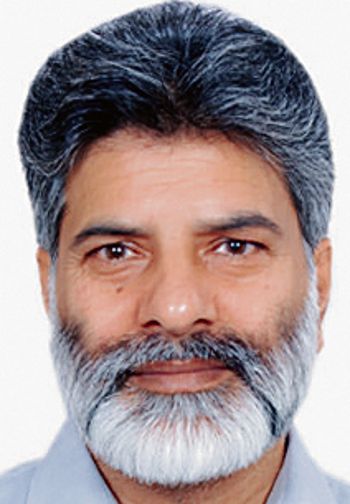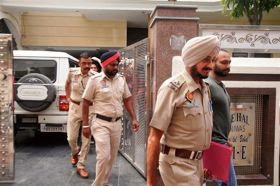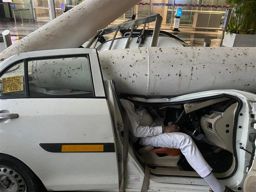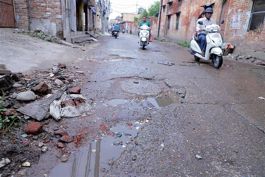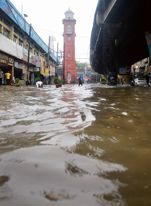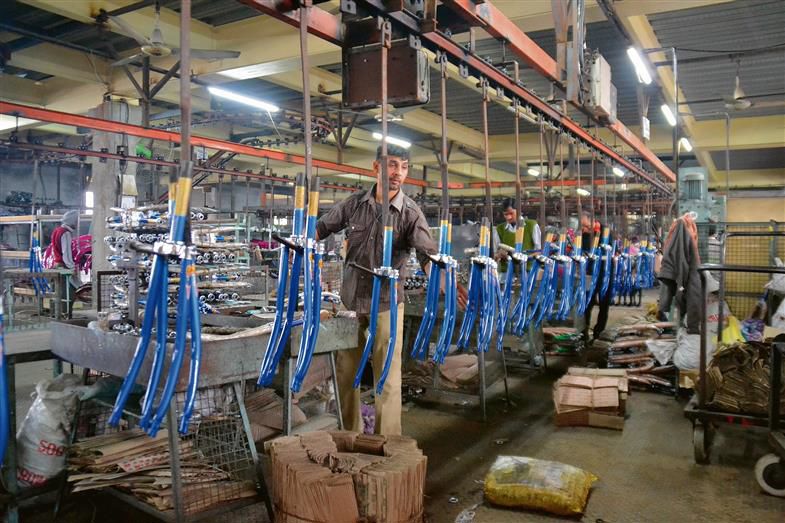
Worrisome: Deficiency of human capital as well as investment is a major area of concern. Tribune photo
Lakhwinder Singh
Visiting Professor, Institute for Human Development, Delhi
PUNJAB’s regression in economic development has continued unabated over the past four decades. The slow-growing economy has serious consequences, such as the fall in the state’s ranking in terms of per capita income, high unemployment rate, mass migration, degradation of environmental indicators, agrarian distress and rural suicide. The revival of Punjab’s economy has been constrained by several interrelated factors. If the remedial measures are implemented, Punjab can again provide exemplary economic leadership.
The first constraint is the production structure. Compared with other performing states of India and the newly industrialising East Asian countries, Punjab’s economy is predominantly agricultural both in terms of contribution to the State Domestic Product (SDP) and the share of the workforce deriving its livelihood from farming. The lack of required interlinkage between the sectors prevents the realisation of increasing returns to scale, which is essential for high rates of economic growth.
It has been long realised that Punjab’s economy is overemphasising agriculture and requires both transformation of the economy and of the farm sector itself. The suggested strategy has received resistance due to overdependence of the Centre on Punjab for the food security of the country. The state government and farmers have attempted diversification of agriculture, but the attempt failed due to reliance on markets which could not absorb the bulk of the new commodities produced in the absence of suitable processing, manufacturing and marketing facilities. The consequence is Punjab’s fixation with wheat-paddy rotation, and this has resulted in depletion of groundwater and biomass burning that has generated a further constraint on the sustainability of the Punjab model of economic development. The diversification of Punjab’s economy in general and the agriculture sector in particular requires joint efforts of both the state and Union governments. They need to incur one-time ‘switching cost’ for building new infrastructure and an enabling environment. The will of the political leadership can overcome this constraint.
The second major constraint is the dysfunctionality of the fiscal policy. It was in the mid-1980s that the revenue-surplus state turned revenue-deficit for the first time. It was the peak period of turmoil in Punjab when most of the organisations and institutions turned non-functional, including the revenue collection machinery, along with the cost of deployment of Central security forces. This was a double burden on the public exchequer and the state government resorted to borrowings. Despite three decades of elected governments without a break, Punjab has gone deeper into debt. The state has accumulated more than Rs 3.51 lakh crore debt (47 per cent of the debt-to-GSDP ratio). Out of the total borrowings, nearly 92 per cent go to service the debt. The committed expenditure exceeds the revenue collected by the state government. Even during the Covid-19 pandemic, it was realised that the Centre could incur higher fiscal deficit but it restricted state government from borrowing. With both restrictive fiscal rules for the state government and dynamic taxes in the hand of the Centre, the former has a limited capacity to raise resources for meeting the needs of development finance. However, the increasing burden of irrational subsidies such as power subsidies has made the fiscal policy dysfunctional.
The third significant constraint is the result of non-economic factors, such as the use of religion for political purposes and the identity issues that disturb the peace that is desirable for long-term private investment in economic activities. This trend of crowding out private investment started in the mid-1980s and has continued till date. The industrial towns of Mandi Gobindgarh and Batala provide evidence of de-industrialisation and pulling out of investment from other industrial centres of Punjab as well. A complementary reason for the deficiency of investment in Punjab is that it has a long border with Pakistan; more often than not, India-Pakistan relations have not been normal, thus disincentivising both domestic and foreign investment in the state. The low gross fixed capital investment of 14 per cent of the GSDP in 2023 sums up the state of affairs.
The fourth major constraining factor is the deficiency of human capital. It is counter-intuitive to the historical fact that Punjabis possess great entrepreneurial and leadership skills. Over the past four decades, both educational and health organisations suffered because of a lack of public investment. The proliferation of profit-oriented but low-quality private educational and health institutions has created a mismatch between the skills in demand in the business sector and low-skilled human capital produced in the state. The migration of relatively better skilled and financial resource-based human capital to Western countries has further perpetuated the deficiency of human resources required for new economic avenues such as information and communication technology.
Last but not least is the dysfunctionality of development and the lack of decentralisation of developmental institutions. The developmental institutional framework is controlled by vested interests — a gridlock of police-bureaucracy-political elites. Policy-making, implementation and evaluation have been concentrated in the hands of groups that have maximised their interests and indulged in mass-scale rent-seeking behaviour, besides promoting a wide variety of mafia, involved in the illicit drug trade and illegal sand mining. This has reduced opportunities for private investment to flourish in Punjab, thus hastening the exodus of precious human and capital resources from the state. Taken together, the five constraints have created a formidable challenge for the revival of Punjab’s economy. Public policy should address these constraints for the sake of vibrant, sustainable and inclusive development. A ‘business as usual’ approach of the state government has made the situation go from bad to worse. Sincere efforts with a holistic public policy approach involving all stakeholders, including the diaspora, can turn the tide.
Join Whatsapp Channel of The Tribune for latest updates.






